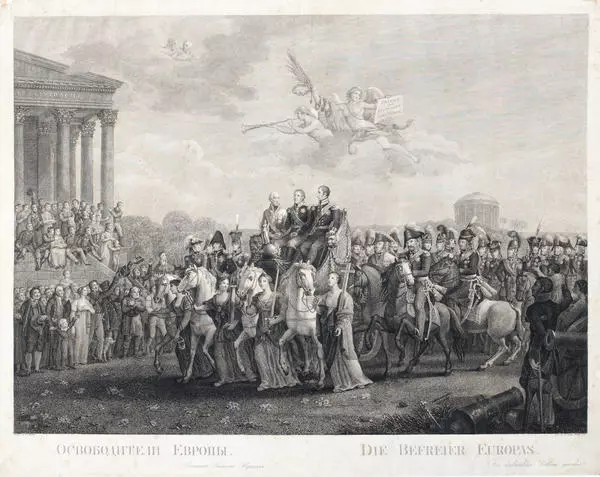Jacob von Stäehlin (1709–1785) was born in the Swabian city of Memmingen and graduated from Leipzig University. An enterprising man of encyclopedic knowledge, Stäehlin sparked the interest of the Russian government as a specialist in literature, medal art and the design of fireworks and illuminations. In 1735, he signed a contract with the Academy of Sciences and came to St. Petersburg, where he changed his name to the Russian-language variant “Yakov Yakovlevich”.
After serving at the Academy of Sciences for three years, in 1738 Stäehlin was accepted as a member and appointed professor of “eloquence and poetry”; three years later he was put in charge of the art department (from 1747 — the Academy of Fine Arts).
The name of Jacob Stäehlin means a lot to the history of Russian engraving. He was an engraver himself and supervised other engravers, invited foreign teachers and selected students fit for this line of work. He oversaw the engravings of plans and landscapes of St. Petersburg, Tsarskoe Selo and Oranienbaum, portraits of Elizabeth I and Peter III, various celebrations and fireworks.
Jacob von Stäehlin also left his mark as a writer. In 1767, he published his two-volume work “The Arts of Russia Bulletin”. For foreigners, this not very competent and poorly structured study has long remained an authoritative source on the state of arts in Russia.
In addition, Stäehlin wrote memoirs about Peter III and compiled a kind of bibliographic monument — “Jokes about Peter the Great”. This collection was first published in Leipzig, then translated into Russian and French.
Stäehlin left behind a unique collection of engravings created by Russian masters in the 18th century. The collection included numerous unique trial prints.
The original portrait of Jacob Stäehlin was painted by the German artist Georg Friedrich Schmidt. At the beginning of the Seven Years’ War, he came to St. Petersburg at the invitation of Empress Elizabeth Petrovna. Schmidt spent five years in the Russian Empire. He painted portraits and was head of a school of engraving. After Elizabeth’s death, in 1762, the artist returned to his homeland.
In the last year of Schmidt’s life, the German engraver Gottfried Daniel Berger became his student. To create the presented engraving, Berger used his teacher’s painting as a reference.



